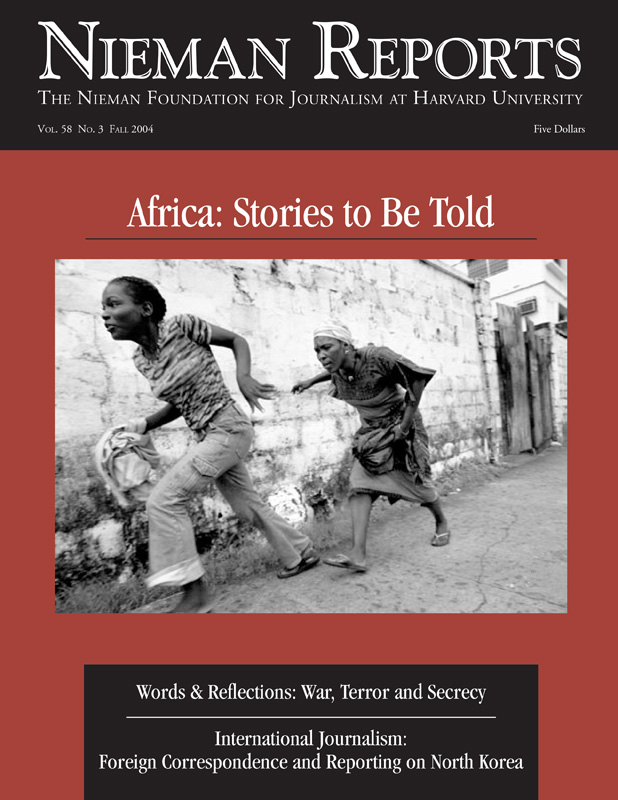
While traditional Western foreign correspondents are decreasing in number at many news organizations, their work is not becoming extinct, but is “evolving into new forms,” argue John Maxwell Hamilton, dean of the Manship School of Mass Communication at Louisiana State University and a former foreign correspondent, and Eric Jenner, former international editor of The New York Times’s Web page. They describe this situation by highlighting the increased use of locally based journalists to gather news and computer technology that influences the quality and delivery of foreign news. They also urge news organizations to embrace change. “Looking only backward at this old model keeps us from making the new correspondence as useful as it could be in elevating American understanding of an increasingly complicated and hostile world,” they write.
Fons Tuinstra, a Dutch foreign correspondent based in Shanghai, explores the topic of foreign correspondence through what he observes happening in China. The Internet, he writes, is becoming “the dominant information provider for academics, the international business community, and journalists,” at a time when the rate of postings of new foreign correspondents to this thriving Chinese city is slowing, the resources given them to do their jobs are declining, and “interest in publishing what foreign correspondents have to report is falling, too.” He concludes by suggesting that Weblogs offer a possible new approach to publishing foreign news, even though most lack a sustainable revenue source. Tuinstra also responds to a Nieman Reports’ article about censorship of the Internet in China.
Reporting on North Korea
Former CNN Tokyo and Beijing bureau chief Rebecca MacKinnon describes why she launched her Weblog about North Korea (www.NKzone.org) and how it has developed. During her fellowship at the Joan Shorenstein Center on the Press, Politics & Public Policy at Harvard University, she used her Weblog work to examine “how online, interactive, participatory forms of media might enhance or improve ways in which international news is consumed and reported.” She explores similarities and differences between Weblogs and journalism. What she does with her Weblog, she writes, is “a raw, unvarnished form [of journalism] that still makes many professional journalists uncomfortable ….”
Thomas Omestad, a senior writer at U.S. News & World Report, wrote the magazine’s cover story about North Korea’s political prisons, and he explains how the article was reported, including essential interviews with gulag survivors. “We felt that the story of the gulag should be told in human terms—from the viewpoint of the victims,” he says. Freelance photojournalist Dermot Tatlow had a rare opportunity to visually record life in North Korea, and his images and words speak to what he experienced and saw. He writes about many restrictions he encountered. “I knew I’d have to find the delicate balance of getting photographs the news organizations wanted to publish and not getting expelled prematurely.” Barbara Demick, Seoul bureau chief for the Los Angeles Times, tells how she reports on North Korea, a country shrouded in extreme secrecy, by “exploring around the edges,” seeking out defectors and North Korean experts in South Korea, and learning from the tiny expatriate community (aid workers, diplomats) who live in North Korea.


